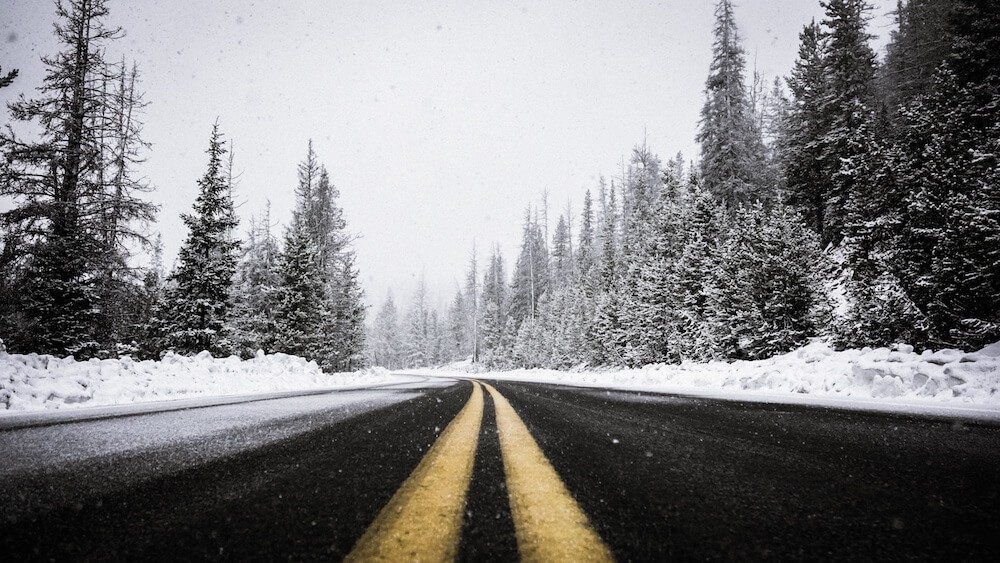If you own, or have ever owned a car, then you probably know some of the things you should be doing around this time of year to prepare for the blustery, cold, sometimes even snowy weather. Any type of vehicle is prone to the same kinds of problem over the colder months, so no matter if you drive a mini or an HGV, you need to prepare. This is especially true for professional lorry drivers, whose routes take them to all of the icy, dark and cold places in the country at all hours of the day and night. Not only should you be giving you vehicle it’s winter welfare check, but you should be preparing yourself for handling rough conditions and cold weather.
Give Your Vehicle A Winter Health Check
Although many transport firms or bigger companies will provide winter health checks for their fleets, not all of them do, so make sure you check that your vehicle has been checked over. A basic winter health check will include checking the engine, breaks, tyre pressures and treads, battery condition, coolant and antifreeze levels, wiper blades, windscreen condition, washer system and lightbulbs among other things. This winter health check will also give you the chance to ask what warning signs you should be looking for while you’re driving – like the engine under or overheating.
Get Yourself Ready


Prep Your Winter Survival Kit
Of course, you will need to pack a few extra things into your cab as the nights draw in and the temperatures drop. Not only will you need a few specialist tools for your journeys, but with snow and ice there is a very real risk of becoming stuck and stranded. In times like this, your cab will become your survival capsule, so make sure you have everything you need. Essential items for your winter survival kit include:
- Some very strong, rough sacking to place under your wheels for traction if they get stuck or spin.
- A shovel
- Warm clothes
- A thick blanket
- A flask of hot tea, coffee or hot chocolate and some non-perishable food
- A mobile phone and a car charger
- A basic first aid kit
- A hazard triangle
- A strong torch and some batteries
- A pair of sunglasses to counteract the glare you can get from the road while driving in the snow.
For all motorists, driving in the snow can be a nerve wracking experience, but most people can avoid it if they really want to. For a professional driver, there is no avoiding the roads, so you need to make sure you are prepared and safe at all times. For more information or to brush up on your winter driving knowledge, get in touch with us today.

